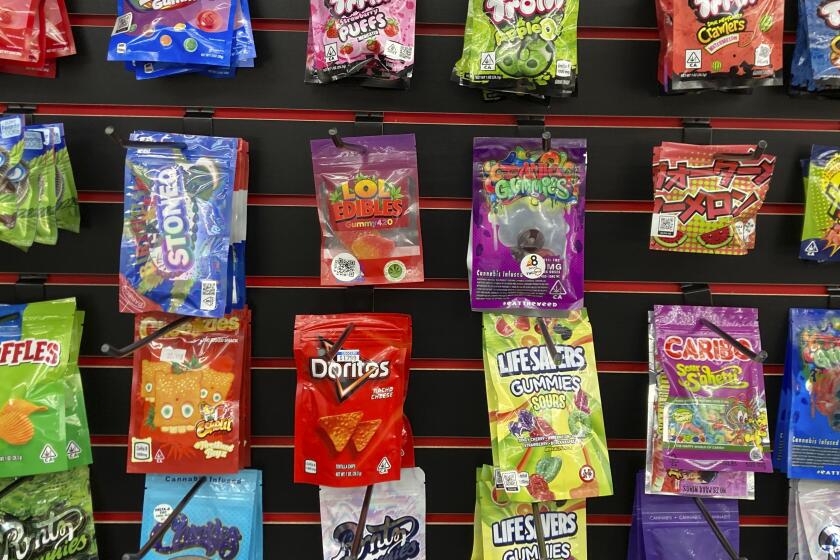Pump Prices Continue to Ease Slightly
As the annual hurricane season kicks off today, gasoline prices continue to slip in most of the country, including California -- a respite that should last for the rest of the month if weather and refinery equipment cooperate, energy industry experts said.
Gasoline prices began rising more than two months ago as oil prices increased, gas supplies shrank and refiners in parts of the nation made a difficult transition to the fuel additive ethanol. At the same time, refiner profits jumped, particularly in California, where a few refineries encountered production problems.
Now, most U.S. refineries have returned to full production after an unusually lengthy maintenance period, and ethanol distribution difficulties in Texas and on the East Coast largely have been resolved.
“June will be a pretty comfortable month for gas supplies around the nation,” said Tom Kloza, chief oil analyst for Oil Price Information Service, which tracks fuel markets. “The worst prices should disappear.”
Nationally, the average price of a gallon of self-serve regular gasoline fell 2.5 cents in the week ended Monday to $2.867; the California average dropped 5.7 cents to $3.266, the Energy Department said Wednesday. The agency released the data two days later than usual because of the Memorial Day holiday and because it was making a rare revision to the previous week’s survey information.
Incorrect price data from Los Angeles resulted in 15.3-cent upward revision to the city’s average gas price for the week ended May 22, to $3.385 a gallon. The revision boosted the California, West Coast and U.S. averages for that week.
The latest U.S. average is 77 cents higher than a year earlier and the California average is 87.5 cents higher. Prices fell everywhere but the Midwest, where the average increased 0.3 cent to $2.76 a gallon, the Energy Department said.
In New York futures trading, light sweet crude for July delivery fell 74 cents to $71.29 a barrel Wednesday after Secretary of State Condoleezza Rice said the U.S. would join nuclear talks with Iran if that country proved that it was no longer conducting uranium enrichment. In addition, traders were betting that the Organization of the Petroleum Exporting Countries, meeting in Venezuela today, wouldn’t cut oil production.
Motorists shouldn’t expect a significant decline in oil or gasoline prices this summer because of two potentially supply-squeezing forces: the traditional summer car trip, which boosts demand, and what is predicted to be an active hurricane season, which could reduce oil and fuel production in the key Gulf Coast region.
Worries about supply disruptions by weather or international attacks have kept oil and gasoline prices volatile. And although California usually doesn’t get much gasoline from the gulf, fuel costs in the state often rise with futures contracts on the New York Mercantile Exchange and with spot prices in the gulf region.
“Prices would be coming down more but the floor is being set by geopolitical fear and the top is being set by supply,” Kloza said. “The threat of a Category 3 storm hitting anywhere between Corpus Christi, Texas, and Pascagoula, Miss., could be enough to send prices soaring.”
Phil Flynn, vice president and senior market analyst for Alaron Trading Corp., said he expected demand for gasoline to remain strong throughout the summer, pushing against supplies despite indications of pressures on Americans’ buying power.
“I think people will be amazed at how strong the demand will be,” Flynn said. “If the weather is summer-like, people are going to want to get out of the house and take a drive.”
More to Read
Inside the business of entertainment
The Wide Shot brings you news, analysis and insights on everything from streaming wars to production — and what it all means for the future.
You may occasionally receive promotional content from the Los Angeles Times.











